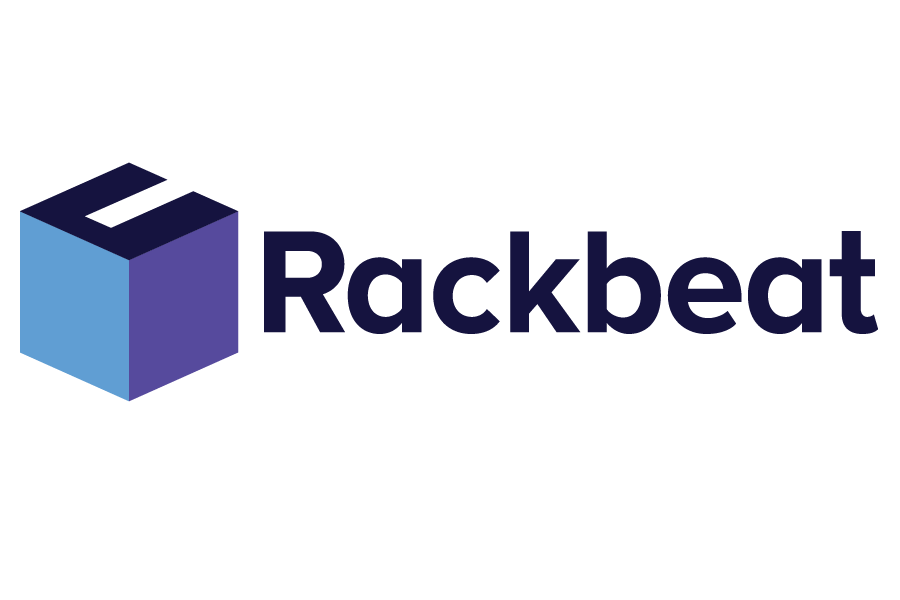Lean Inventory Management
Lean inventory management is a method for optimizing inventory management processes by eliminating waste, reducing costs, and increasing efficiency. This approach is based on principles from "Lean production," which focuses on creating more value for the customer with fewer resources. Lean inventory management aims to minimize all forms of waste, including overproduction, unnecessary inventory, and inefficient workflows.
Rackbeat June 21, 2024
Core Principles in Lean Inventory Management
Lean inventory management is generally applied by companies to streamline their inventory management and reduce waste and inventory costs by focusing on several core principles:
- Identification and Elimination of Waste: Waste can include overproduction, waiting time, unnecessary transportation and inventory, movement, and defects. The goal is to eliminate these to structure order management and manufacturing and keep inventory usage low.
- Continuous Improvement (Kaizen): Through ongoing improvements and small, incremental changes, Lean inventory management seeks to continuously enhance inventory processes.
- Just-In-Time (JIT): JIT ensures that items arrive when they are needed to reduce inventory costs.
- Pull System: Instead of pushing products through the supply chain based on forecasts, products are pulled through the inventory based on actual demand, reducing inventory and increasing turnover rates.
- Standardization: By standardizing processes, consistency and predictability are ensured, helping to quickly identify and eliminate deviations.
- Employee Engagement: Lean places a strong emphasis on involving employees in the improvement process, as they have firsthand insight into daily operations and can identify problem areas and opportunities for improvement.
Lean Inventory Management with Rackbeat
Rackbeat can support lean inventory management through its warehouse management system (WMS), which allows you to generate reports on your purchases and sales to understand which items sell most frequently and in what quantities. This prevents over-purchasing and too much capital being tied up in inventory. Additionally, you can receive reorder reminders by setting minimum inventory levels for your items, further supporting lean inventory management.



